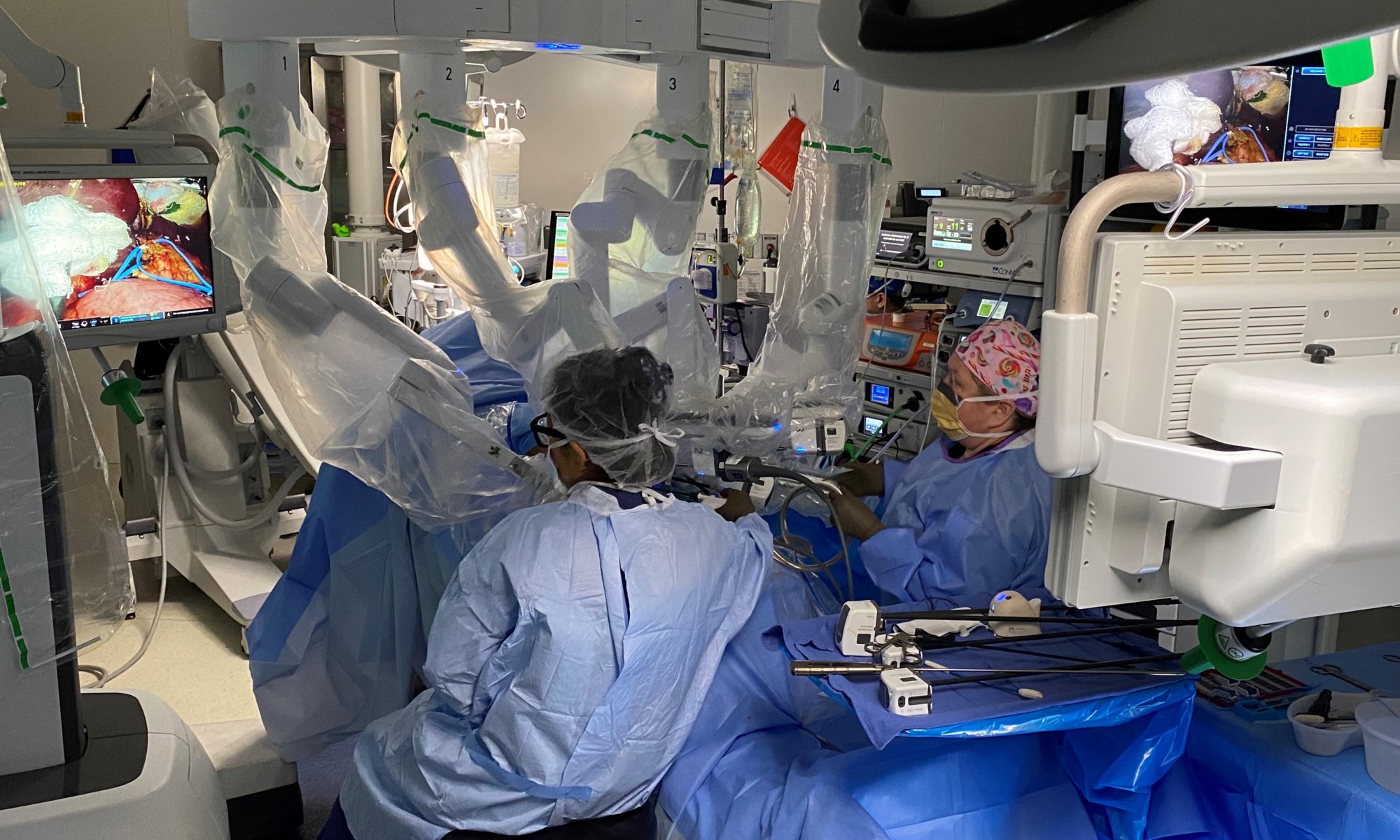Transplant surgeons on the medical staff at Baylor University Medical Center (Baylor Dallas), part of Baylor Scott & White Health, recently performed their first robotic kidney transplant. While robotic donor nephrectomies have been performed for more than five years, this was the program’s first robotic kidney transplant recipient surgery and the first such transplant in Texas.
Currently, robotic kidney transplant is mainly considered in patients with BMIs of 35 or above, who are often put on hold or told they are not candidates for transplant until they reach a certain weight. Because an open procedure requires a very deep incision in the lower abdomen, there is a lot of tissue that surgeons have to separate and then close. When there is substantial fat between the muscle and skin layers, the wound from the incision does not always heal well, increasing the risk of infection.
Call 214.820.2050 to refer a patient for robotic kidney transplant
“When patients are on immunosuppression, they are more prone to infection. If the infection worsens, then we may have to change their anti-rejection medications to help them fight the infection. This puts the organ at risk,” says Eric J. Martinez, MD, surgical director of kidney transplant for Baylor Dallas. “Robotic kidney transplant moves the location and size of the incision, which helps us avoid some of the wound-related complications that can occur, and safely perform a transplant for these patients.”
Robotic kidney transplant is currently only offered for living donor kidney recipients at Baylor’s two transplant centers in North Texas. During the procedure, the transplanted kidney is inserted through a small incision above the belly button. The robotic incision is about half the length of the incision in an open procedure. Intended outcomes for the robotic procedure have been shown to be equal to those of an open procedure.
As the Baylor Scott & White transplant team gains more and more experience with robotic kidney transplant, they have a vision to combine robotic kidney transplant in obese patients with a weight loss procedure, such as sleeve gastrectomy. Patients would undergo both procedures during the same operation.
“We believe working with our weight loss surgery colleagues would benefit our kidney transplant recipients,” Dr. Martinez says. “We could improve the health of our patients from multiple standpoints by reducing the comorbidities that come with obesity.”








